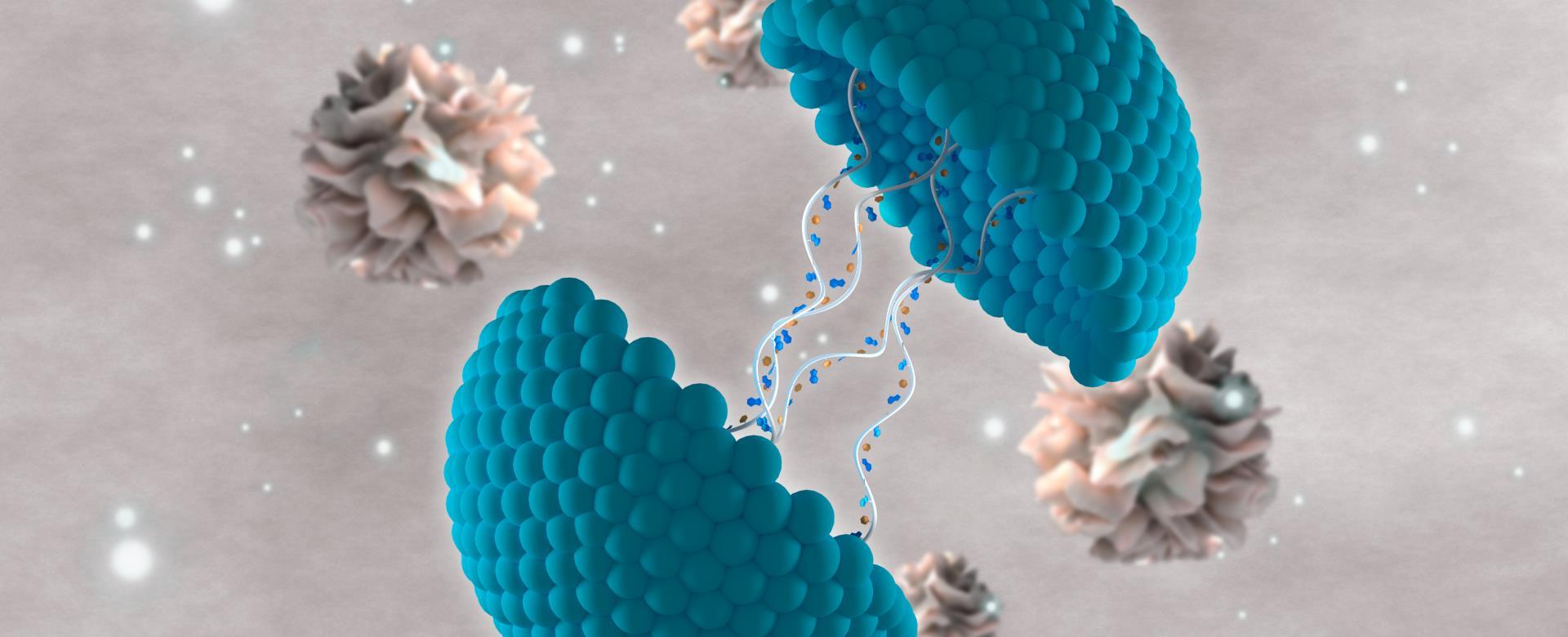In the realm of healthcare, the quest for more efficient and targeted drug delivery methods has led to groundbreaking innovations. One such innovation that holds significant promise is magnetic-driven drug delivery technology. By harnessing the power of magnets, this approach offers precise control over drug distribution within the body, resulting in improved efficacy and reduced side effects.
- Understanding Magnetic-Driven Drug Delivery
Magnetic-driven drug delivery involves the use of magnetic nanoparticles to transport therapeutic agents to specific sites within the body. These nanoparticles are engineered to respond to external magnetic fields, allowing for precise control over their movement and localization. By guiding the nanoparticles to the desired target, such as a tumor or inflamed tissue, this technology enables highly targeted drug delivery.
- Advantages of Magnetic-Driven Drug Delivery
One of the key advantages of Magnetic Driven Drug Delivery Technology is its ability to enhance the precision and efficiency of drug delivery. Unlike traditional methods, which rely on passive diffusion or systemic circulation, magnetic-driven delivery allows clinicians to directly target diseased tissues while minimizing exposure to healthy cells. This targeted approach not only improves therapeutic outcomes but also reduces the risk of adverse effects.
- Tailoring Treatment Strategies
The versatility of magnetic-driven drug delivery technology allows for the development of customized treatment strategies tailored to individual patient needs. By adjusting factors such as the size, surface properties, and magnetic responsiveness of the nanoparticles, clinicians can optimize drug delivery for specific conditions and patient profiles. This personalized approach holds great potential for improving patient outcomes and quality of life.
- Overcoming Biological Barriers
One of the challenges in conventional drug delivery is overcoming biological barriers such as the blood-brain barrier or the extracellular matrix. Magnetic-driven drug delivery offers a solution to this problem by providing a means to bypass or penetrate these barriers. By guiding drug-loaded nanoparticles directly to the target site, this technology enhances the therapeutic efficacy of drugs that would otherwise be hindered by biological obstacles.
- Promising Applications in Disease Treatment
Magnetic-driven drug delivery technology has shown promise in the treatment of various diseases, including cancer, neurological disorders, and inflammatory conditions. In oncology, for example, magnetic nanoparticles can be directed to tumors, allowing for localized delivery of chemotherapy drugs while minimizing damage to healthy tissues. Similarly, in neurological disorders, such as Parkinson's disease, magnetic-driven delivery offers a means to deliver therapeutic agents directly to affected areas of the brain.

